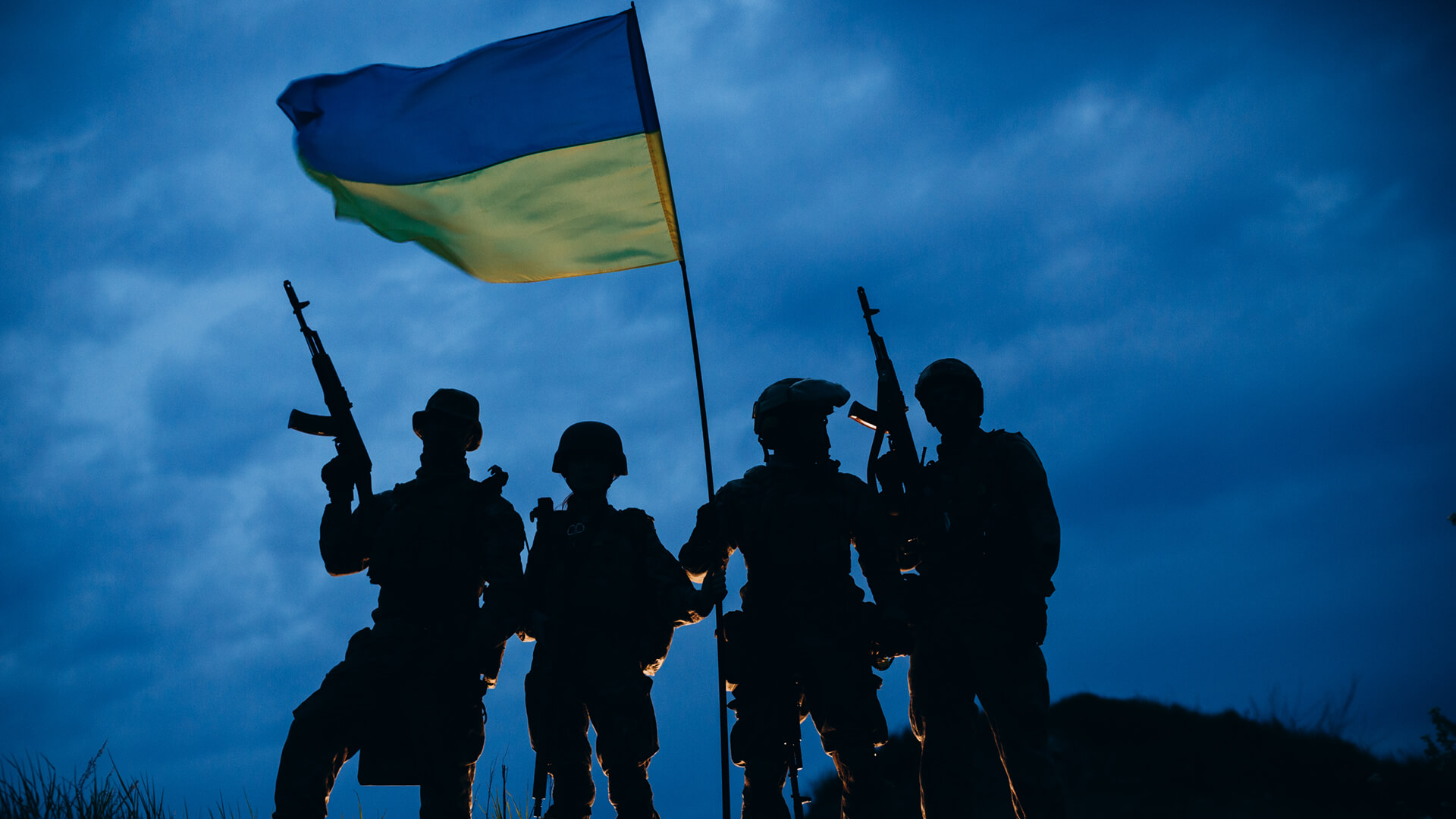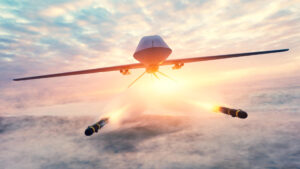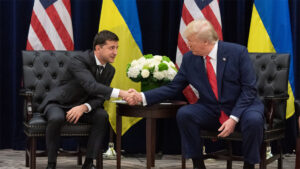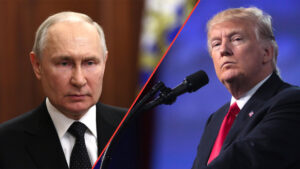The Ukrainians are getting creative and finding ways to launch longer-range attacks on Russian infrastructure. We’ve already seen strikes on pipeline nexuses and chemical complexes as deep as Samara and Tatarstan.
Attacks like these hold significant economic implications for the Russians, as any disruptions to these oil facilities could be devastating. The issue isn’t so much that Ukraine is poking holes in Russian air defense, but perhaps exposing that there…Isn’t any.
Attacks like these will likely prove to be a growing challenge for Russian security and economic stability as the conflict continues.
Here at Zeihan On Geopolitics we select a single charity to sponsor. We have two criteria:
First, we look across the world and use our skill sets to identify where the needs are most acute. Second, we look for an institution with preexisting networks for both materials gathering and aid distribution. That way we know every cent of our donation is not simply going directly to where help is needed most, but our donations serve as a force multiplier for a system already in existence. Then we give what we can.
Today, our chosen charity is a group called Medshare, which provides emergency medical services to communities in need, with a very heavy emphasis on locations facing acute crises. Medshare operates right in the thick of it. Until future notice, every cent we earn from every book we sell in every format through every retailer is going to Medshare’s Ukraine fund.
And then there’s you.
Our newsletters and videologues are not only free, they will always be free. We also will never share your contact information with anyone. All we ask is that if you find one of our releases in any way useful, that you make a donation to Medshare. Over one third of Ukraine’s pre-war population has either been forced from their homes, kidnapped and shipped to Russia, or is trying to survive in occupied lands. This is our way to help who we can. Please, join us.
TranscripT
Hey everyone. Peter Zeihan here, coming to you from Colorado, got a fresh dusting overnight because, you know, April, it’s April 2nd in the news in the last 3 or 4 days is that the Ukrainians have demonstrated a significantly longer range for weapons systems launched from Ukraine proper. specifically, the Ukrainians have been able to hit targets with their new drones that are in the, locations of Samara and Tartus stand.
now, these are more important than a lot of these in pieces of infrastructure that Ukrainians have been hitting with their drone campaign recently. Samara is a major pipeline nexus where a lot of the crude that comes in from southwestern, Siberia gets processed or redirected to European or Black Sea markets. And Tatarstan is even deeper within the Russian Federation, in Siberia proper.
and it is also a major chemicals and refining complex. So the significance here is pretty, pretty strong. the issue is throughput. The Russians don’t have a lot of storage. The country’s really big, and the most of these systems were built in the imperial age under the Soviets. So they were designed to supply the empire. Well, now that, the empire has gone its own way, and most of the former Soviet republics and, former Soviet satellite states are getting their crude and natural gas from somewhere else.
The Russians are completely dependent now for income on getting this crude out to the wider world. That means getting to the black on the Baltic Sea, because they can’t really use the pipes to go into Germany anymore. So when you think of that, and then you look at notes like some are in tartar, stand, we have a problem.
Because if these are interrupted, especially Samara, which is a nexus, then the crude has nowhere to go. There’s not a backup system when these clusters get taken offline, for whatever reason, pressure builds up in the pipe. Back to the wellhead. Now, this could be worse. the facilities that are in southwestern Siberia, especially places like Tarter stand in Bucharest on it, doesn’t get so cold there in the winter that the well heads freeze.
But now that the Ukrainians have demonstrated the ability to strike over 1000km from their border, it’s only a matter of time before they start aiming for targets that are north of Moscow instead of south of Moscow. And if those pipeline accesses go offline, then you’re talking about the well heads in northwestern Siberia actually freezing shut. And a lot of the stuff just goes offline forever because if the wellhead freezes shut, you have to drill it.
And you can only re drill in the Arctic summer. And that only lasts for about 3 or 4 months a year. So, that’s kind of piece one. Piece two is what’s going on in Totters on Thomaston because it is a combination of producing zone and chemical zone. A lot of these chemicals are what allows the Russian agricultural system to work.
And a lot of this stuff is exported to China. So what the Ukrainians are demonstrating is the capacity to identify targets that move up the value added chain, not just going after raw crude, not just going after refined product, but even downstream products, like chemicals manufacture. so the economic hit to the Russians from this continues to climb.
And now it’s really just an issue of whether or not the Russians have the capacity of getting meaningful air defense of the hundreds of facilities that they have across European and Western Siberia and Russia in order to stymie these attacks in the first place, because they’re clearly not moving fast enough on the front in order to disrupt these drones launching.
And this is a very, very cheap way to do it. These things cost more than, say, the Iranian Shi’ite drones. But you’re still talking about well, well, well, well under $1 million a pop. Whereas a refinery that handles 100,000 barrels a day is going to run, you know, $1 billion on a good day. So the disruption here is real.
It is getting bigger. And we’re getting to the point where it’s time to start thinking about what happens when Russian crude and materials processing goes offline in some form, because we’re only in the early days of this Ukrainian campaign. And now that they found a soft spot, you can guarantee they’re going to hit it over and over and over and over.
Quick addendum, there is very clear footage coming out of toddler son of a small passenger plane. Think of something like the size of a Cessna, maybe a little bit bigger, flying and ramming into, a munitions factory that builds drones for the Russian military. specifically the Shaheed type that have been causing the Ukrainians so many problems.
Now, it’s not so much the significance of this attack as attacking a factory floor with a 50 to 100 pound bomb. You know, let’s let’s call it huge, say 300 pounds, isn’t going to cause enough damage to really take anything off line. The issue is that it got there. It flew over 1000km through Russian airspace. that means one of two things.
Either number one, the Ukrainians now have kits that they can smuggle into Russia, modify a plane at an airfield within Russia and launch like that, which would be from an internal security point of view and a technical point of view, just a disaster for the Russians or the Russians have absolutely no anti-aircraft coverage in the core of the country, where most of the infrastructure is and most of the people live, no matter what the outcome here is, this is a disaster for the Russians, because there’s no doubt that the Ukrainians will be now be doing it at scale, because it’s clear the Russians can’t stop them.








